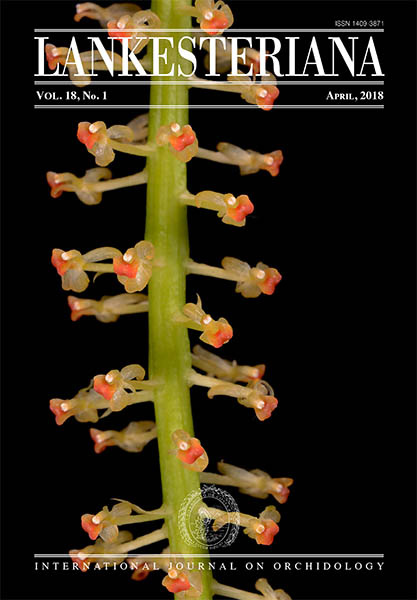On the "Seidenfaden collection" and the multiple roles botanical gardens can play in orchid conservation
DOI:
https://doi.org/10.15517/lank.v18i1.32587Abstract
Abstract. Using the "Seidenfaden collection" in Copenhagen as an example, we address the common view that botanical garden collections of orchids are important for conservation. Seidenfaden collected live orchids all over Thailand from 1957 to 1983 and created a traditional collection for taxonomic research, characterized by high taxonomic diversity and low intraspecific variation. Following an extended period of partial neglect, we managed to set up a five-year project aimed at expanding the collection with a continued focus on taxonomic diversity, but widening the geographic scope to tropical Asia. Since its establishment, the collection has contributed significantly to ex situ conservation and to research-based development of powerful tools for improving in situ conservation-related decisions and priorities. The collection has been, and still is, an important basis for taxonomic and floristic research which has enabled treatment of the Orchidaceae in the Thai red-list. However, the primary focus of our project has shifted to micro-propagation, DNA-barcoding and phylogenetic analysis. The close link between collection-based research and conservation is remarkable and probably applicable to plant collections in botanical gardens in general. Thus, if the collections are used properly, they have great potential for contributing to conservation in many different ways.
Downloads
Downloads
Published
How to Cite
Issue
Section
License
According to the Open Access policy promoted by the University of Costa Rica, all the papers published by Lankesteriana are licensed under the Creative Commons copyright and can be downloaded free of charge. The journal holds copyright and publishing rights under the CC BY-NC-ND 3.0 CR license.
Before the publication of the materials submitted by the author(s) in LANKESTERIANA, the author(s) hereby assign all rights in the article to the Lankester Botanical Garden.





